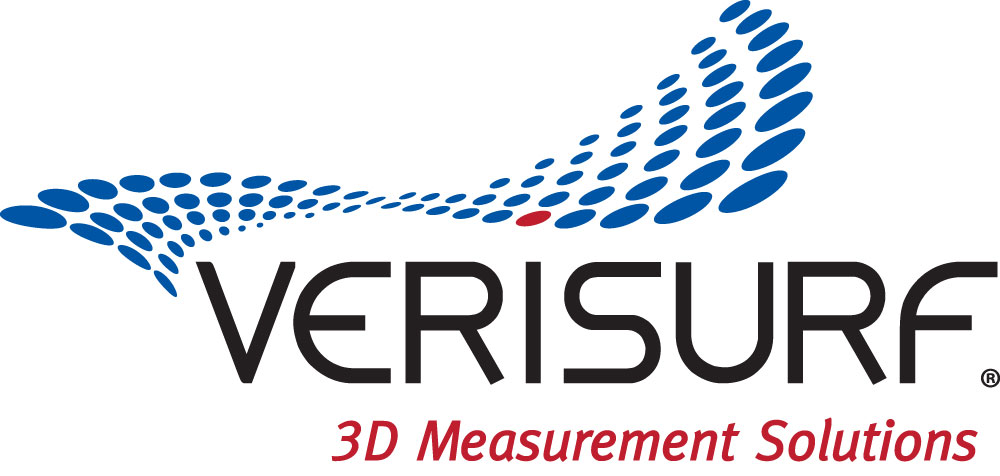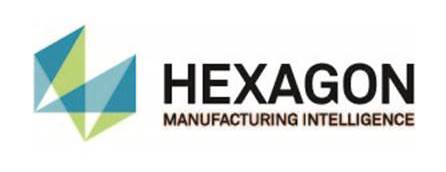
|
Download Members: $0.00 Non‑Members: $75.00 |
Buy Now |
Publication Details
| Published Date: | |
|---|---|
| Authors: | David Parker |
| Download Format: |
Abstract
The 2022 CMSC Program included the paper by John W. Palmateer, Computer-Aided Theodolites—a Recollection, which memorialized the development of computer aided theodolites (CAT) at Boeing. It concluded with the commercially successful system being “…rapidly overshadowed by the disruptive development of the tracking interferometer…” Describing the Builder feature;
The initial application for CAT was strictly measurement—accept or reject.…
It became evident that we could calculate the horizontal and vertical angle for any desired XYZ position given the knowledge of the theodolite’s position and orientation…
We could now point at “build” features. This change from a measurement-only instrument to one capable of locating features was a quantum leap for CAT…
Builder opened the door to gageless tooling, eliminating unneeded master models and tools, reducing labor hours, and shortening manufacturing flow time.
It will be argued that the development of both CAT and laser trackers were driven by a long felt need for better coordinate metrology as dictated by mechanical designers, through the language of geometric dimensioning and tolerancing (GD&T), and then gageless tooling, i.e., the need for better instrumentation, to replace existing practices, was an easy sell to fulfil a preexisting demand. For the most part, coordinate metrology has made incremental progress with the addition of absolute distance measurement (ADM), computer and software capabilities, miniaturization, etc. However, it has primarily revolved around GD&T and quality control, to meet the requirements of mechanical designers. It will be argued that modern large-scale coordinate metrology, with uncertainties in the part-per-million regime, is destined to become a useful tool for nondestructive testing (NDT), also known as nondestructive evaluation (NDE). However, unlike the kinship between mechanical designers, GD&T, and coordinate metrology, the links between NDT and coordinate metrology have no common language, nor an established need—which makes it a harder sell. For example; in presentations at American Society for Nondestructive Testing (ASNT) conferences, when asked for a show of hands of those familiar with laser trackers, few hands were raised and no instruments were on display in the exhibit halls. For the most part, at present, the capabilities of laser trackers for NDT is not even considered. Many years ago, someone at an American Society for Precision Engineering (ASPE) conference began his presentation on hidden sources of errors with the statement, “First, everything is a thermometer.” It will be argued that a corollary can be stated as, “First, everything is a spring.” Moreover, much of the work of NDT can be thought of as measuring the properties of those springs, e.g., looking for nonlinearities, hysteresis, asymmetries, historical trends, etc. due to cracks, excessive strains, and the like. Particularly in the large-scale metrology of such things as civil structures and pressure vessels—bridges, buildings, prestressed concrete, nuclear power plant containment buildings, railroad tank cars, etc.—the utility of coordinate metrology to understand those springs is largely unrecognized. Specific examples of some high profile cases in the US where coordinate metrology could have been applied in the form of structural health monitoring (SHM) will be described, such as: Crystal River Unit 3 containment building cracks (10/2/2009), I-95 Delaware River Turnpike Bridge fractured girder (1/20/2017), Florida International University Pedestrian Bridge collapse (3/15/2018), Salesforce Transit Center fractured girder (9/25/2018), Hard Rock Hotel collapse (10/12/2019), West Seattle High-Rise Bridge cracks (3/23/2020), I-40 Hernando de Soto Bridge fractured girder (5/11/2021), Champlain Towers South collapse (6/24/2021), Crestview Towers evacuation (7/2/2021), Fern Hollow Bridge collapse (1/28/2022), Bayview 60 Homes evacuation (4/4/2022), and Port Royal Condominium evacuation (10/27/2022). Example measurement architectures and uncertainty analyses will be discussed for three bridges and a railroad tank car testing facility. Like Palmateer’s gageless tooling, this could be another disrupting quantum leap for coordinate metrology, NDT, and SHM.





